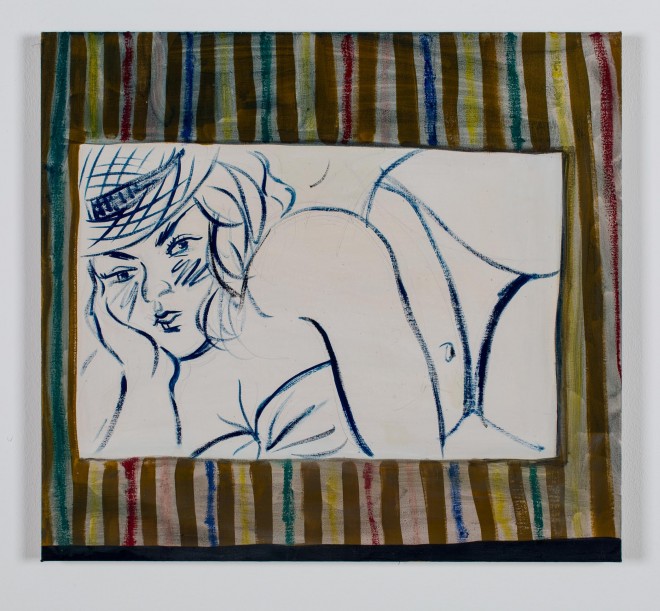In 1943, art collector Peggy Guggenheim hosted the ground-breaking ’31 Women’ exhibition at her New York Gallery, lending a platform to female artists who hailed from the contemporary worlds of surrealism and abstract expressionism. From the 2nd June, Breese Little Gallery will present a sequel to this pioneering exhibition, tracing this group of female artists from the 1940s up to the present day, and including works by successive generations of female surrealists and abstract expressionists.
We spoke to Director Josephine Breese, to find out about the relevance of this exhibition today, and the themes that are highlighted by these dual genres.
What drew you to Peggy Guggenheim’s 1943 exhibition and why did you decide to bring it into the present day?
Our exhibition channels the celebratory spirit of the original concept, at an appropriate moment to revisit the relevance of Guggenheim’s all female show. While the format of 31 women artists was unusual for its time in 1943, the exhibition was presented without extra fanfare, in step with the courage of many of Guggenheim’s avant-garde decisions. This provided a prominent platform for Guggenheim’s circle, incorporating artists such as Dorothea Tanning, Louise Nevelson, Frida Kahlo, Leonora Carrington and Meret Oppenheim.
How does 31 Women at Breese Little differ from the exhibition at Peggy Guggenheim’s Gallery in 1943?
We adopted a starting point of the dual strands of abstraction and surrealism, in the ascendance of 1940s New York, alongside the additional framework of the British connection that is shared by the participating artists. These themes are developed through subsequent generations, represented by contributions from the 1940s to the present day, from early British modernists to iconic female artists of the 60s and 70s.
What techniques do the artists use to convey these themes?
An advantage of having 31 participating artists is the breadth of different materials used! A brief overview includes ripped canvas, bark, steel, latex, resin, jesmonite, and a handwritten letter by Tracey Emin.
Why did you feel that it was important to put on an exhibition using only female artists?
The benefit of an exclusively female context is that it can be considered from multiple perspectives, and we are particularly drawn to its capacity as an open forum for discussion between the work on show as well as its timing. The exhibition concept met with enthusiasm from artists and galleries involved from its early planning stages, indicating the confidence and place for shows of its kind at this moment.
Are there any works in the collection that particularly stand out to you?
31 Women is composed of a wonderful and wide spectrum of contributions, which chart a loose introduction to the timespan and production from the 1930s – 2017. Claude in Gillian’s Shadow (2017) is Gillian Wearing’s testament to this legacy. The small silver gelatin print was made shortly before her exhibition with Claude Cahun at The National Portrait gallery, and revisits a 1938 self-portrait by Cahun. Likewise, Katie Schwab recognises the history of modernist making processes that are often traditionally ascribed to female practitioners. Schwab’s compact ceramic composite from the recent Leftovers series, anticipates the research she is currently undertaking on the Wilhelmina Barns-Graham Residency at Porthmeor Studios in St Ives.
’31 Women’ will be on display at Breese Little Gallery from June 2nd until 31st July 2017.
Featured image credit: Ella Kruglyanskaya, Drawing of Lounging Woman in Straw Hat, 2015, Oil on linen, 53.3 x 58.4 cm, Courtesy the artist and Thomas Dane Gallery, London




 PREVIOUS
PREVIOUS

 Twitter
Twitter
 Tumblr
Tumblr
 YouTube
YouTube
 Facebook
Facebook
 Instagram
Instagram
